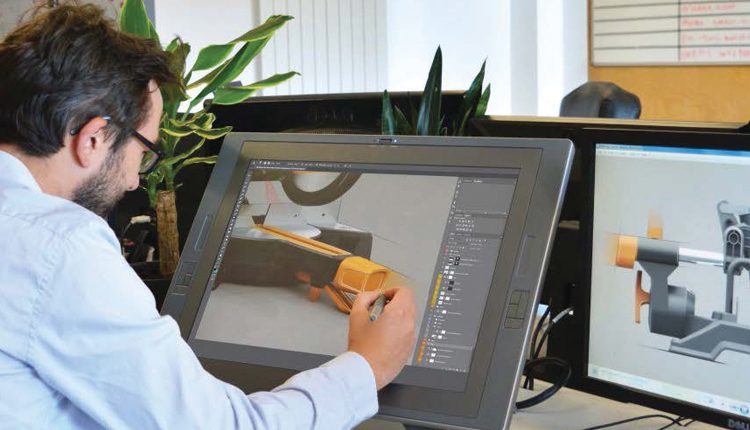In today’s AI-driven, digital age, choosing the right path for higher education is a challenge that students and professionals alike grapple with. The value of higher education lies in enhancing one’s expertise in a specific domain, but with industries evolving rapidly and the interconnected nature of modern problems, which domain offers the best future potential? Should one prioritize knowledge as a life skill or choose courses that promise a higher return on investment? There are no easy answers. Yet, philosopher Confucius offered timeless wisdom on learning, stating, “I hear and I forget. I see and I remember. I do and I understand.” His emphasis on learning through experience is ever relevant, as experience shapes skills, and skills lead to employability and innovation.
As we face global challenges that cut across technological, social, environmental, and ethical spheres, real-world solutions require knowledge from various domains working in harmony. Design, a field once limited to aesthetics, has emerged as the bridge that unites these diverse fields. It has transformed into a transdisciplinary domain, capable of addressing complex, multifaceted problems. Programs like “Humanising Technology” illustrate design’s potential by blending design thinking with technology, social sciences, and ethics to address the modern world’s intricate challenges. Design’s ability to integrate these varied domains positions it as a powerful tool for shaping the future.
At its essence, design is about solving problems. It provides a structured way of addressing challenges by focusing on the user’s needs, the context of the problem, and the limitations at hand. This approach extends far beyond traditional design fields such as architecture or product design. Design thinking is equally relevant in healthcare, education, business, and technology. As industries become increasingly interconnected, design serves as a common language that enables collaboration across disciplines. It translates abstract, complex problems into practical, user-centric solutions.
Take, for example, the role of design in technology. Designers today don’t just focus on how a product functions; they also consider how it interacts with people and its broader societal implications. In the “Humanising Technology” program, students working on AI-driven solutions must consider the ethical and social dimensions of their designs. This highlights how design bridges the gap between the technical and human aspects of innovation, ensuring that new technologies serve the needs of society, not just technological advancement.
One of design’s greatest strengths is its transdisciplinary nature. Many of today’s global challenges—climate change, healthcare inequities, social justice—are too complex for any single discipline to tackle alone. Design provides a framework for synthesizing knowledge from different fields, fostering collaboration and innovation.
For example, designing a smart healthcare system requires expertise from fields like data science, medicine, ethics, and user experience design. Designers facilitate the integration of these perspectives, ensuring that the system is not only technically robust but also user-friendly, accessible, and ethically sound. Design becomes the connecting thread that unites these fields, enabling a collaborative approach to problem-solving.
Unlike more technical disciplines that may prioritize functionality or efficiency, design is grounded in empathy. It emphasizes understanding the needs, emotions, and experiences of people, making it uniquely suited to address real-world, human-centered problems. This focus on empathy is what sets design apart.
In the “Humanising Technology” program, this human-centered approach is fundamental. As technology continues to shape every aspect of life, there is a growing need for solutions that not only function well but also consider ethical implications and social impact. Design ensures that innovation aligns with human values, promoting inclusivity, accessibility, and sustainability.
The role of design as a linking domain is amplified by its adaptability. In an era of rapid technological change, industries and societal needs are constantly evolving. Design education emphasizes creativity and adaptability, fostering an innovative mind-set capable of addressing new and unforeseen challenges. By incorporating knowledge from various fields, design encourages experimentation and iterative thinking, allowing for the development of solutions that are not only unique but also deeply rooted in the complexities of the broader context.
Programs like “Humanising Technology” exemplify how design fosters continuous learning. Students are encouraged to experiment, refine, and evolve their ideas, preparing them for a world where adaptability is key. Design doesn’t just respond to change—it anticipates and drives it, positioning designers at the forefront of innovation.
Design has evolved into a vital linking domain that bridges disciplines, fosters collaboration, and addresses the complexities of the modern world. It is no longer confined to aesthetics or functionality but has grown into a framework for solving global challenges. By combining problem-solving, empathy, and adaptability, design provides the transdisciplinary tools necessary to navigate an increasingly interconnected world. Programs like “Humanising Technology” illustrate design’s potential to integrate technology, ethics, and social sciences, creating solutions that are not only innovative but also ethical and human-centered. As the world becomes more complex, design’s role as a linking domain will only grow, making it indispensable for shaping the future of education, industry, and society.




